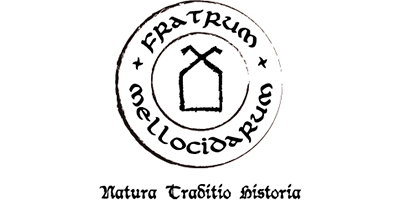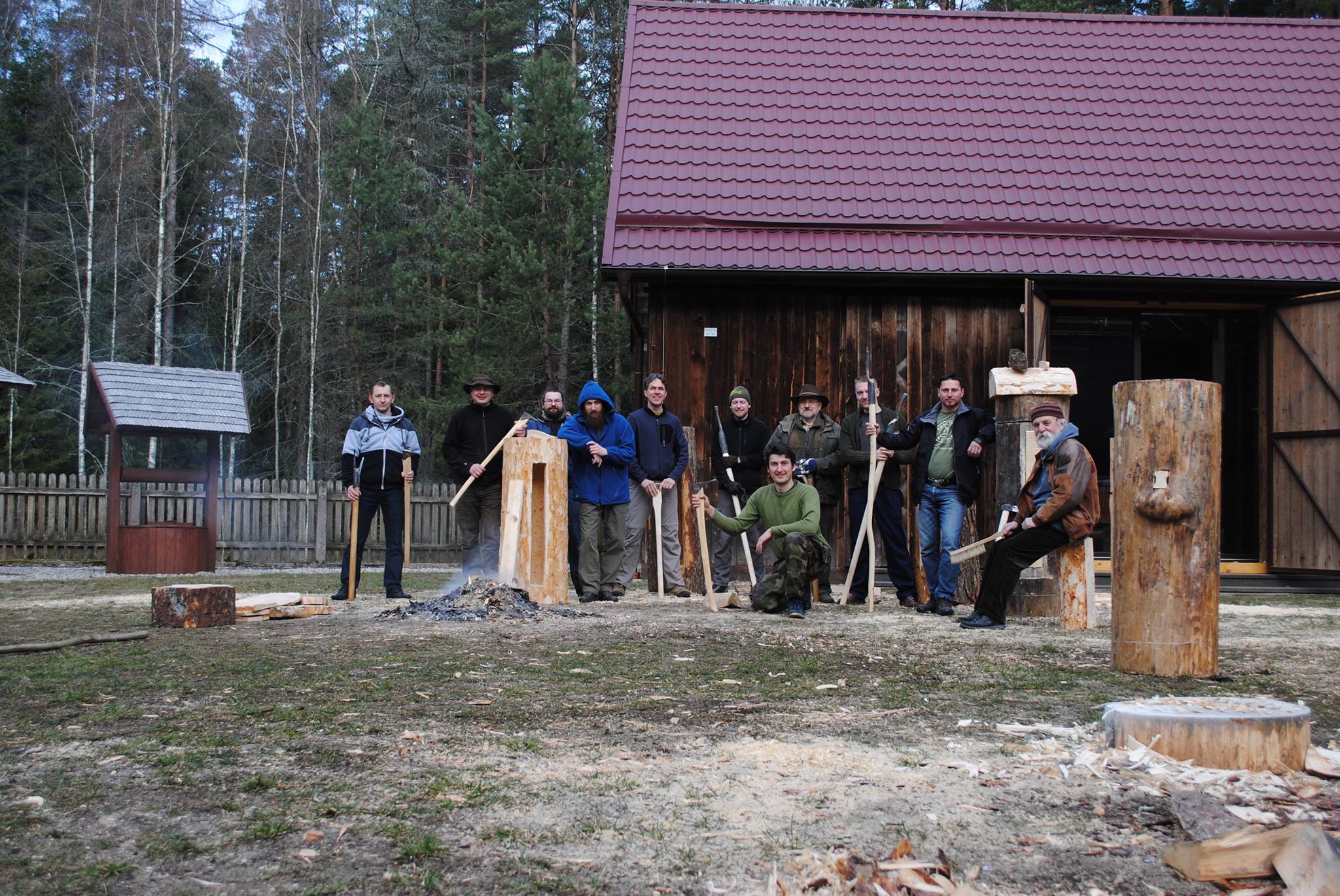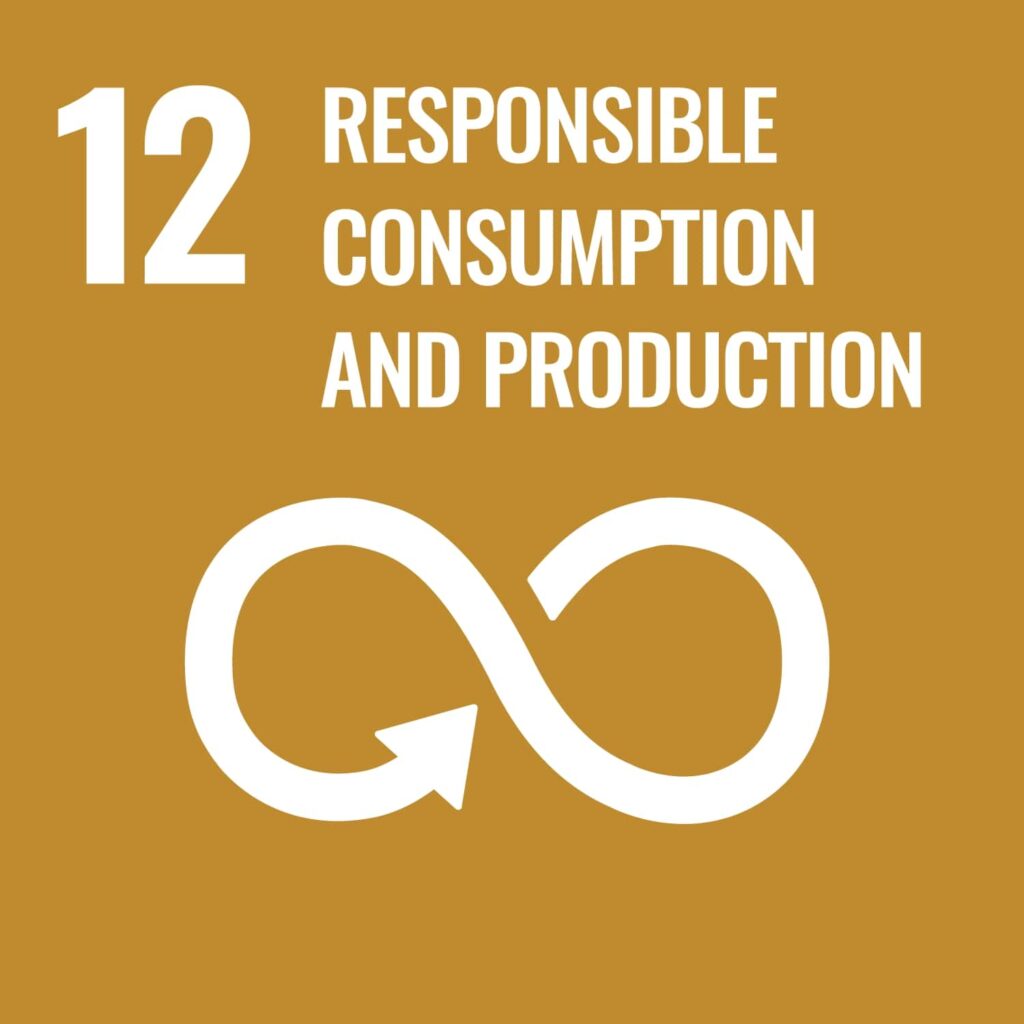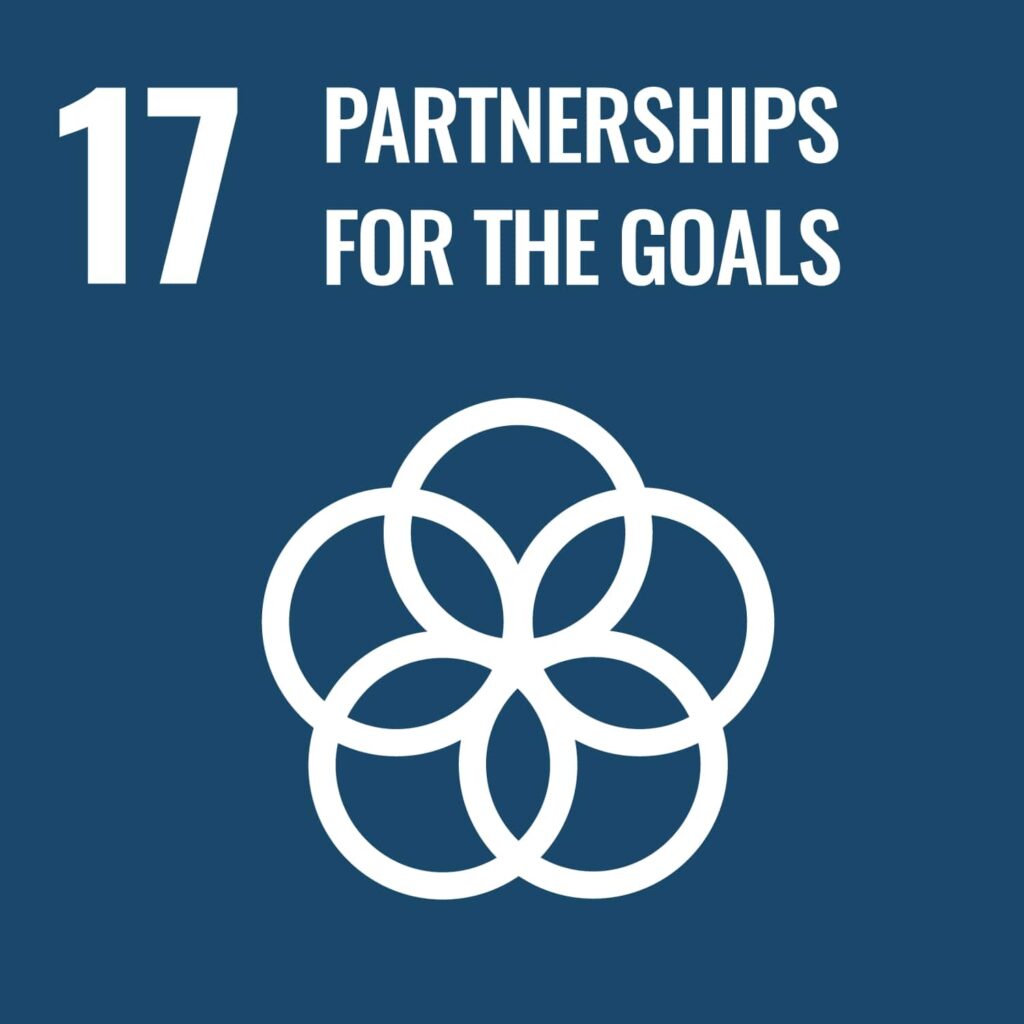

The border between Poland and Lithuania is not much longer than hundred kilometres, but it allows the forested area of northern Poland, the Augustow forests, to continue to the Lithuanian side and the Dzūkija national park and Dainava Forest. In both areas, the tradition of sustaining nesting logs for wild bees that create their hives in trees is known and continued over generations.
In northern Poland the ”Beekeepers’ Guild” (Bractwo Bartne) for one continues this living heritage. The organization has arranged since 2013 workshops on tree beekeeping: about how to make and maintain the man-made nests that are placed up in trees for the wild bees to hive in. This element of living heritage was inscribed on the UNESCO ICH Representative list in 2020 together by Poland and Belarus. But since, the developments in Belarusian politics led the Polish tree beekeepers to look for cooperation with the Lithuanians. This tradition is kept also in Lithuania and Ukraine, and the pilot organiser sees it as important to keep and strengthen bilateral and multilateral contacts between the different bearers.
The pilot project, led by Beekeepers’ Guild from Poland, focused on organising a collaborative Polish-Lithuanian workshop to exchange knowledge and experiences in tree beekeeping, a common tradition in both countries, but by rather small communities of traditions bearers. The project delivered a three-day workshop that brought participants from Poland and Lithuania and that aimed to foster cross-border cooperation, interaction and communication, and to compare the ways of working and practices in tree beekeeping.
The workshop spanned four days, during which participants from Poland and Lithuania engaged in various aspects of tree beekeeping. The event started by gathering together to the workshop location and was opened with casual conversations, introducing one selves, and getting to know each other’s previous experiences related to beekeeping. The four participants from Lithuania and six from Poland made a group large enough for working together but small enough to have a laid-back atmosphere and logistics flexible. The group teamed up to take chores in preparing the meals for the workshop (breakfasts, lunches, and dinners).
The workshop started on Friday after breakfast with the making of bee logs. The work was carried out under the supervision of two experienced tree-beekeepers from the Beekeepers’ Guild. Participants had brought their own tools, which allowed comparisons also in their use. However, the workshop was not only about carving the nesting logs. The participants discussed and learned about what kind of wood is suitable for tree-hives, how to choose a suitable place to hang a log up in a trees, and how to attract swarms to the tree hive. In addition, the skills in the use of leziwo – traditional ropes with seat used by tree beekeepers in the area – were practised.
Youngest of the participants tried using the leziwo for the first time. He did well with the help of the method of mirror climbing, where two people climb trees growing side by side, and one person mimics the movements of the other precisely. Among both the Polish and the Lithuanians there were experienced climbers and several leziwos.
The evening around the campfire continued discussions and sharing stories about tree beekeeping and related topics. As usual at Beekeepers’ Guild workshops, a cauldron with cabbage, meat, and black turnip was cooking over the fire. The next day, the group set out to touring bee logs in the area, taking advantage of the fact that there were several people together to help out in inspecting and maintaining existing nests. Also, a new bee nest log that had been made the day before was hoisted in a tree. After a long day of work completed with a sauna evening conversations around the campfire did not continue long. On the last day, last logs were finished. Some of the completed logs were packed on a trailer to travel back to Lithuania.
The pilot project workshop was the first meeting of bearers of tree-beekeeping tradition from Poland and Lithuania to work together on making log nests. The workshop allowed the exchange of knowledge, practices, experiences, and stories, noticing the small differences in approach that tradition bearer on each side of the boarder have.
The biggest challenge was the language, as there was not always a common language. Therefore, there was used three of them. Some participants knew Russian, some Lithuanian colleagues could speak also Polish, some of the Polish couldn’t speak Russian, but they knew English, and some of Lithuanians knew English, but no Russian or Polish.
Nevertheless, the workshop demonstrated that the participants could well work together, and mutual trust was built. The workshop followed with immediate increase of co-operation, as Polish participants volunteer helping in tree beekeeping projects in Dzukija National Park. A future goal is to include Lithuania, and also Ukraine, where this heritage is also practiced, into the countries mentioned in the UNESCO inscription on tree-beekeeping.
Observing a lot of similarities in how the heritage is practiced in Poland and Lithuania and that there is genuine will to safeguarding of tree-beekeeping in both countries, a key achievement of the pilot project was to prepare for a bigger cooperative project. Indeed, the pilot project worked as testing and introduction to cooperation, and sometime after the pilot project the organising part, the Beekeeping Guild, announced there was achieved a cross-border project with EU funding together with the Lithuanian party.
In this way, the pilot project succeeded in increasing cross-border cooperation and knowledge exchange, and contributing to the safeguarding of tree beekeeping heritage. By bringing together small communities of beekeepers, the project created opportunities and connections for ongoing cooperation and support.
The pilot project directly contributed to Sustainable Development Goals 11 (Sustainable Cities and Communities), 12 (Responsible Consumption and Production), 13 (Climate Action), and 15 (Life on Land).
The project contributed to the following Sustainable Development goals (SGDs):
Article about the project published on https://bartnictwo.com/pl/2023/05/31/polsko-litewskie-warsztyaty-bartnicze-w-lipinach-livind-heritage-project/ information about the project was also published on Lithuanian site: https://www.facebook.com/Ancient.Varena.beekeeping/posts/pfbid04LRFUXbjzLVUUxdPyySEykhMeNRJccRueEPgRpMUSwC1sR9poPzH8TB5krDdrnqul
Pilot project manager: Bractwo Bartne




